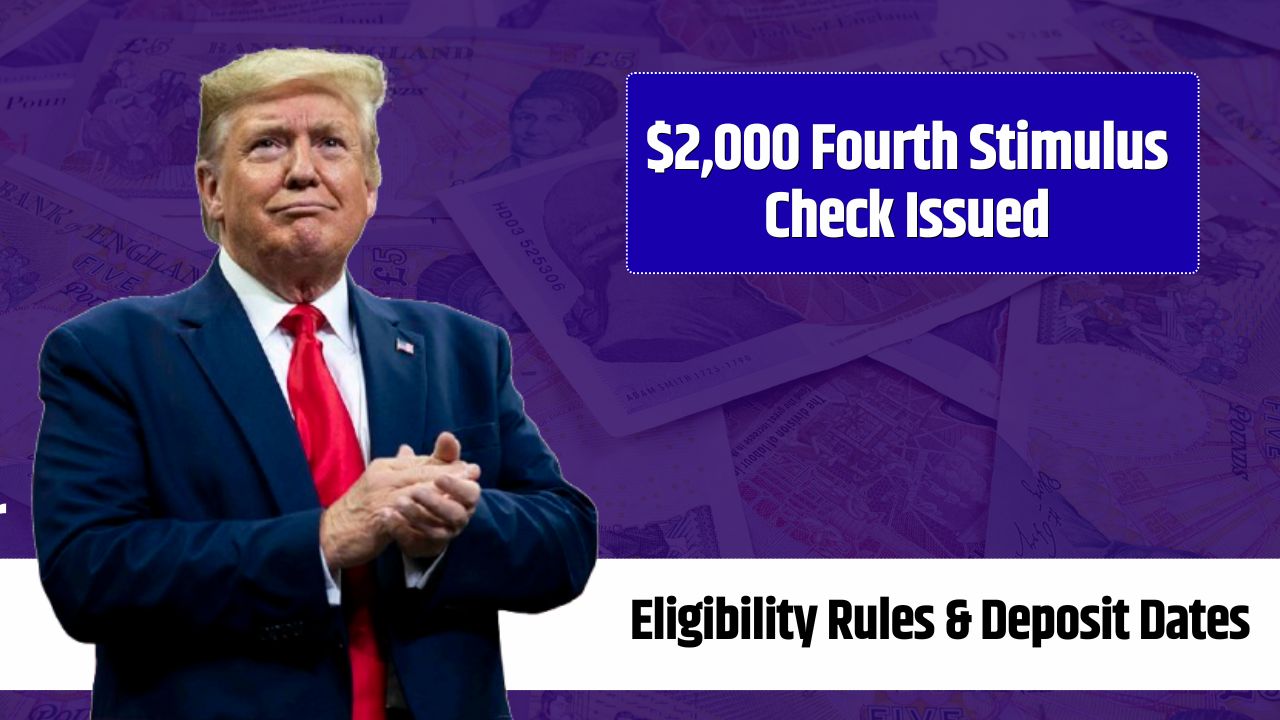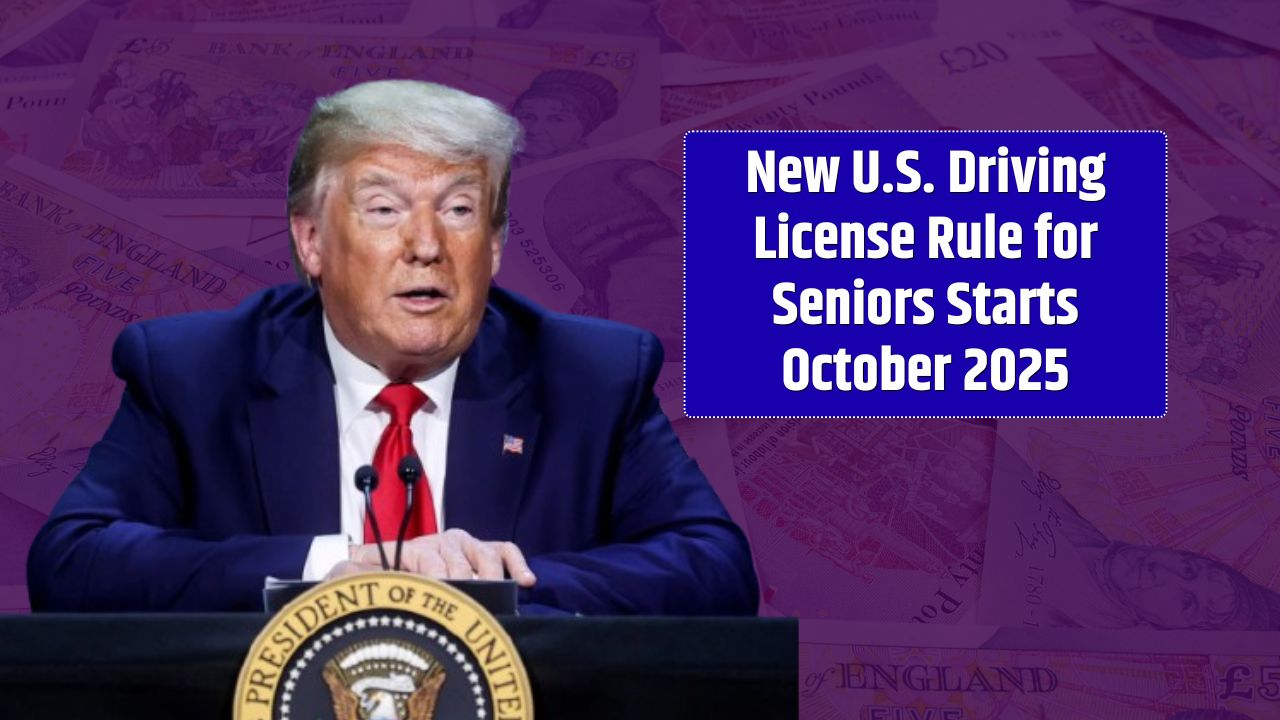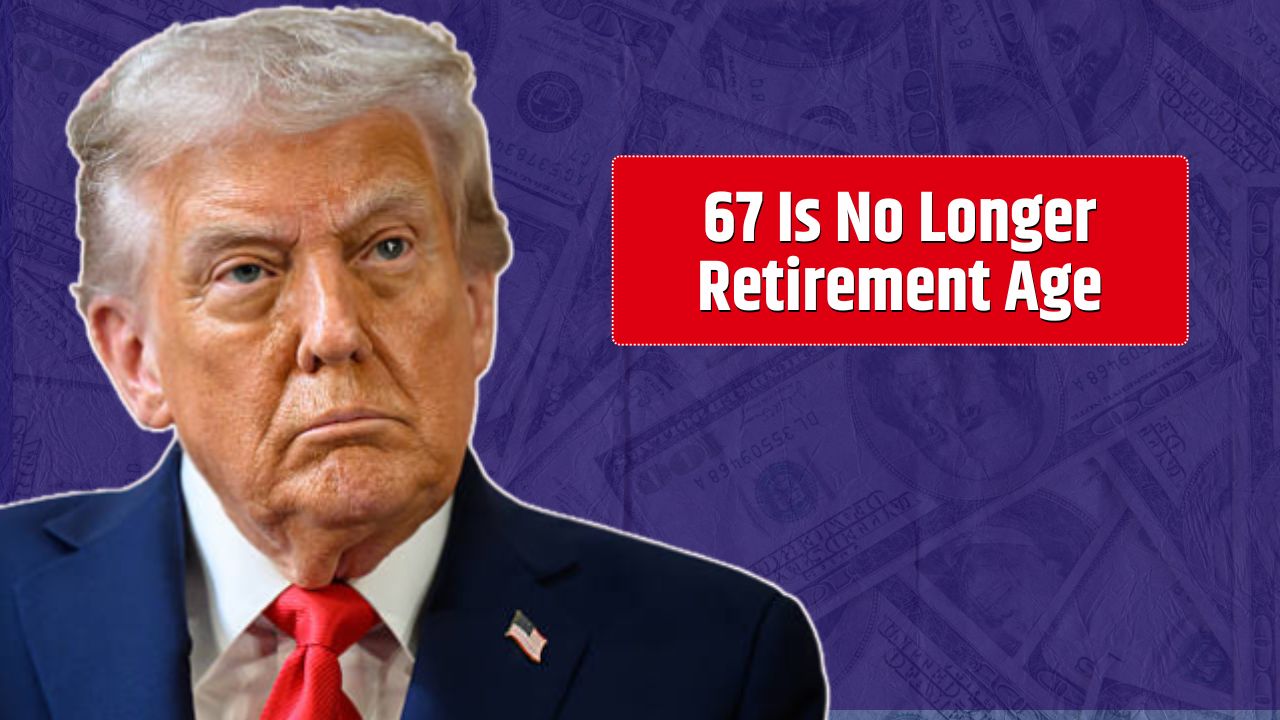For millions of households, 2025 feels like a year of financial whiplash. Prices have cooled on Wall Street spreadsheets, but Main Street wallets still feel squeezed. Groceries that once rang up at $50 now cost $70, rent renewals carry eye-watering hikes, and medical bills keep piling on. Against this backdrop, the idea of a fourth federal stimulus check—this time for $2,000—has crept back into the political spotlight.
It’s not law yet, not even close. But by mid-summer 2025, the chatter had turned serious enough that advocacy groups, seniors’ organizations, and lawmakers on both sides of the aisle are openly talking about it. The promise is familiar: direct cash relief, delivered fast, to help households catch up and to jolt consumer spending. The risk, critics warn, is also familiar: stoking inflation at the worst possible time.
Why the Fourth Stimulus Check Is Back in Play
Inflation may have cooled from the 2022 peaks, but the relief is hard to feel at the checkout line. The Bureau of Labor Statistics reports grocery bills still running 15% higher than last year, while transportation, healthcare, and housing costs remain stubbornly above pre-pandemic norms.
Fixed-income households are feeling the sting most. Seniors, disabled Americans, and those on Social Security, SSDI, or SSI received a 2025 cost-of-living adjustment, but advocates say that increase was quickly swallowed by higher living costs. Groups representing retirees have rallied for a one-time $2,000 direct payment to keep pace.
The business case is there too. U.S. Census Bureau data shows retail sales and small-business activity softening over two consecutive quarters. Supporters argue that stimulus payments would funnel money straight into necessities like food, rent, and utilities—spending that circulates quickly through local economies.
Who Would Qualify? Likely Eligibility Rules
Nothing has been signed, but if the proposal advances, it would almost certainly mirror the earlier 2020 and 2021 stimulus checks. That means the IRS would use tax return and benefits data to deliver payments.
| Category | Likely Eligibility Criteria |
|---|---|
| Individuals | Adjusted gross income (AGI) up to $75,000 |
| Heads of Household | AGI up to $112,500 |
| Married Couples | AGI up to $150,000 |
| Dependents | Additional payment per child or qualifying dependent |
| Non-Filers | Eligible if receiving Social Security, SSDI, SSI, VA benefits, or certain federal programs |
Notably, Social Security and disability beneficiaries would almost certainly be included, just as in prior rounds, without needing to file new paperwork.
How Soon Could It Happen?
That’s the million-dollar (or $2,000) question. Even if lawmakers pick up the idea during the fall 2025 legislative session, it could take months to negotiate, pass, and implement. Looking back, once prior stimulus bills became law, the first payments landed within 2–6 weeks.
Given the current political gridlock, the earliest realistic window for payouts would be late 2025 or early 2026. If Congress fails to agree on universal checks, some may push for targeted alternatives, such as:
- Expanded Child Tax Credit
- Increased SNAP (food stamp) benefits
- Temporary boosts to Social Security checks
- Enhanced energy aid through LIHEAP
Other Support Available in 2025
For households that can’t wait for Washington to act, there are programs already providing relief:
- SNAP benefits: Adjust monthly to inflation.
- LIHEAP: Helps cover energy bills.
- Rental assistance: Available in some states through local housing agencies.
- State-level rebates: Several states still issue one-time relief payments independent of federal action.
You can track eligibility and programs through Benefits.gov and state human services portals.
FAQs:
Is a fourth stimulus check approved?
No. It’s still only a proposal under discussion.
Who would qualify if it passes?
Likely the same groups as past checks: individuals under $75k AGI, couples under $150k, plus Social Security and disability beneficiaries.
When could payments go out?
Optimistically late 2025 or early 2026, if a bill is passed.










